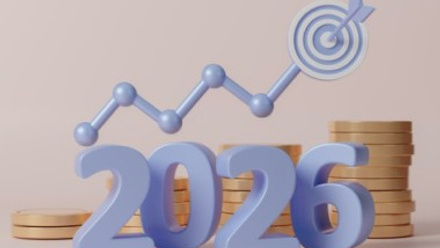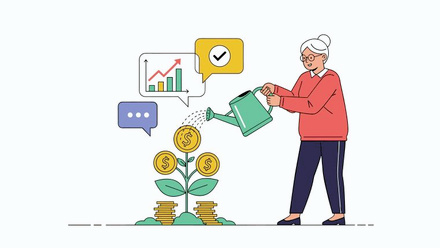The effect of COVID-19: how to change your reward and benefits strategy

As we look to slowly return to a new normal, businesses are starting to look further to the future and consider their reward and benefit strategies. The lockdown has given many people the opportunity to press “reset”, take a step back and think again about what’s important. That provides HR with a fantastic opportunity to do the same with reward and benefits strategies. It’s now time to work out what needs to change to ensure the right overall balance in your reward and benefits strategy, and then be ready to communicate with employees.
Employee wellbeing has taken quite a hit in recent months – and the three key wellbeing strands: physical health, mental health and financial wellbeing, are likely to form a really important element of reward and benefits strategies.
Find out what your employees need and value
It makes sense to do a health-check on your reward and benefits strategies to see which elements work well, which you may be missing, and which need a refresh. There are many variables at play in the current environment, and each employee demographic will prioritise different elements of reward and benefits. Establishing what the needs of your employees are can be done with a combination of data analytics, surveys and focus groups to make sure you focus on what employees will truly value.
Build financial wellbeing and resilience
Standard Life Foundation research in April found that half of all UK households believe they will struggle to meet their financial commitments. And that struggle is likely causing mental and physical stress as well. LCP’s research showed that one-third of employees have less than one month’s pay in savings – helping employees to save three month’s pay or more would make a huge difference to their wellbeing and resilience.
Now is the time for employers to think creatively about how to boost financial and mental wellbeing – through existing benefits, but also perhaps through additional benefits over the next 12 months, such as:
- financial education e.g. on budgeting, savings or protection
- short term interest-free loans and/or salary advance
- templates and support to help employees negotiate with bill providers, or links to their consumer rights under the new COVID-19 regulations and rules around consumer borrowing
- more generous sick leave or caring leave allowance
- increased hazard pay for front line workers.
Longer term, as we start to adjust from the pandemic, we want to think about how benefits and pay can not only reward and motivate employees, but also build financial resilience. As this pandemic has shown, the impact of having employees with little financial buffer can be dramatic.
While the immediate focus of employees (and employers) may be to just ‘get through’, it is also worth thinking about how to support employees recover financially and build up their emergency savings pot. Programmes that support employee saving can improve retention, attendance and productivity by improving financial resilience and thus reducing stress.
Communicate, communicate, communicate
We can’t write a piece on benefit strategy without talking about communication and engagement. As employees return to work, or return to the office, it will be vitally important to communicate with them about the benefits you’ve added and changed to help them, as well as benefits that were already there. The focus groups or surveys can show you which elements of your benefits package different groups value the most, and that allows you to segment your communications and get the most bang for your buck.
A pandemic was certainly not something any of us expected when creating our 2020 reward and benefits strategies. Yet the impact of COVID-19 – both in terms of health and the economy – has quickly upended multiple aspects of employee reward and benefits. Now is the time to consider how to change your strategy moving forward – both for the immediate and longer-term.
This article is provided by LCP.







